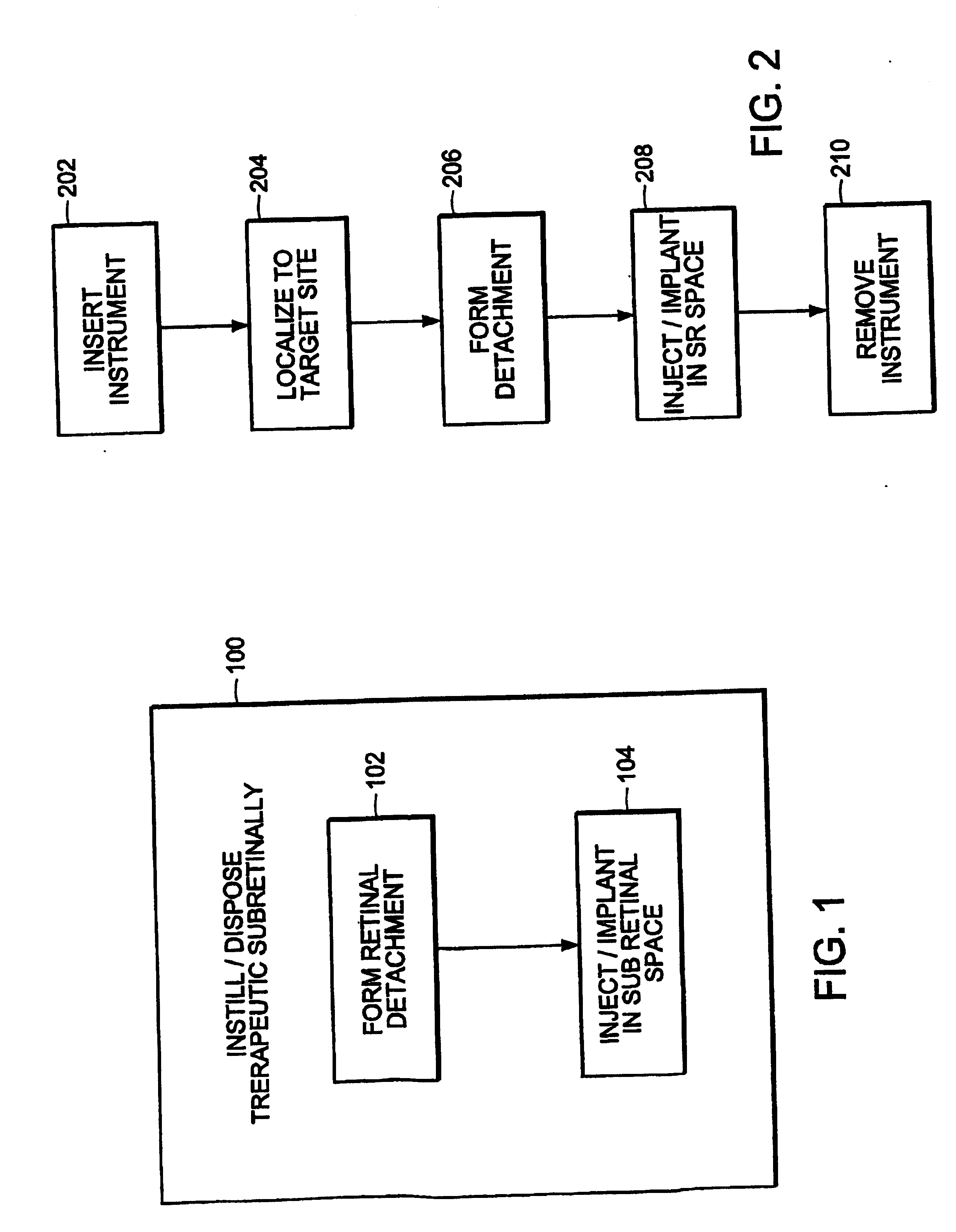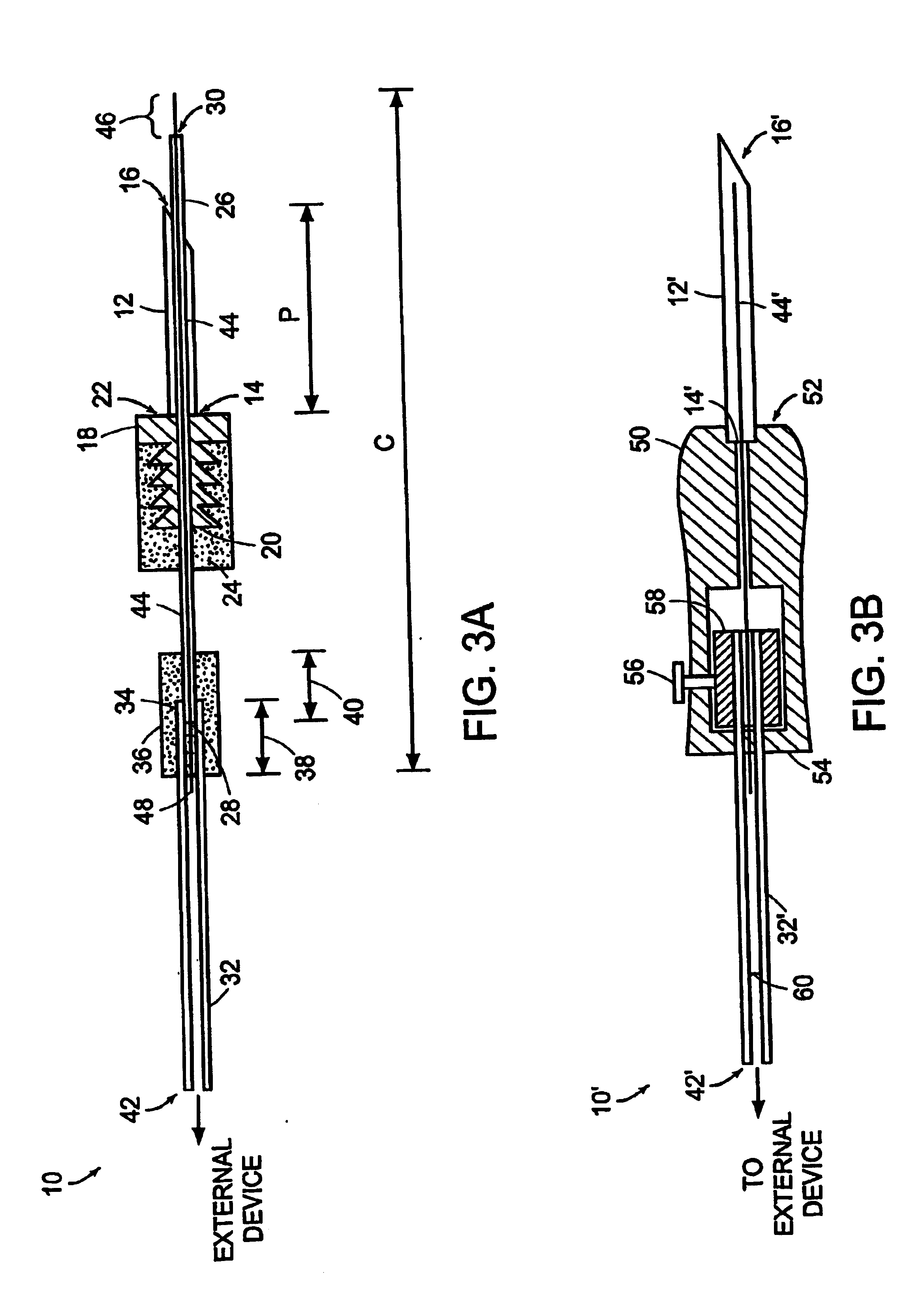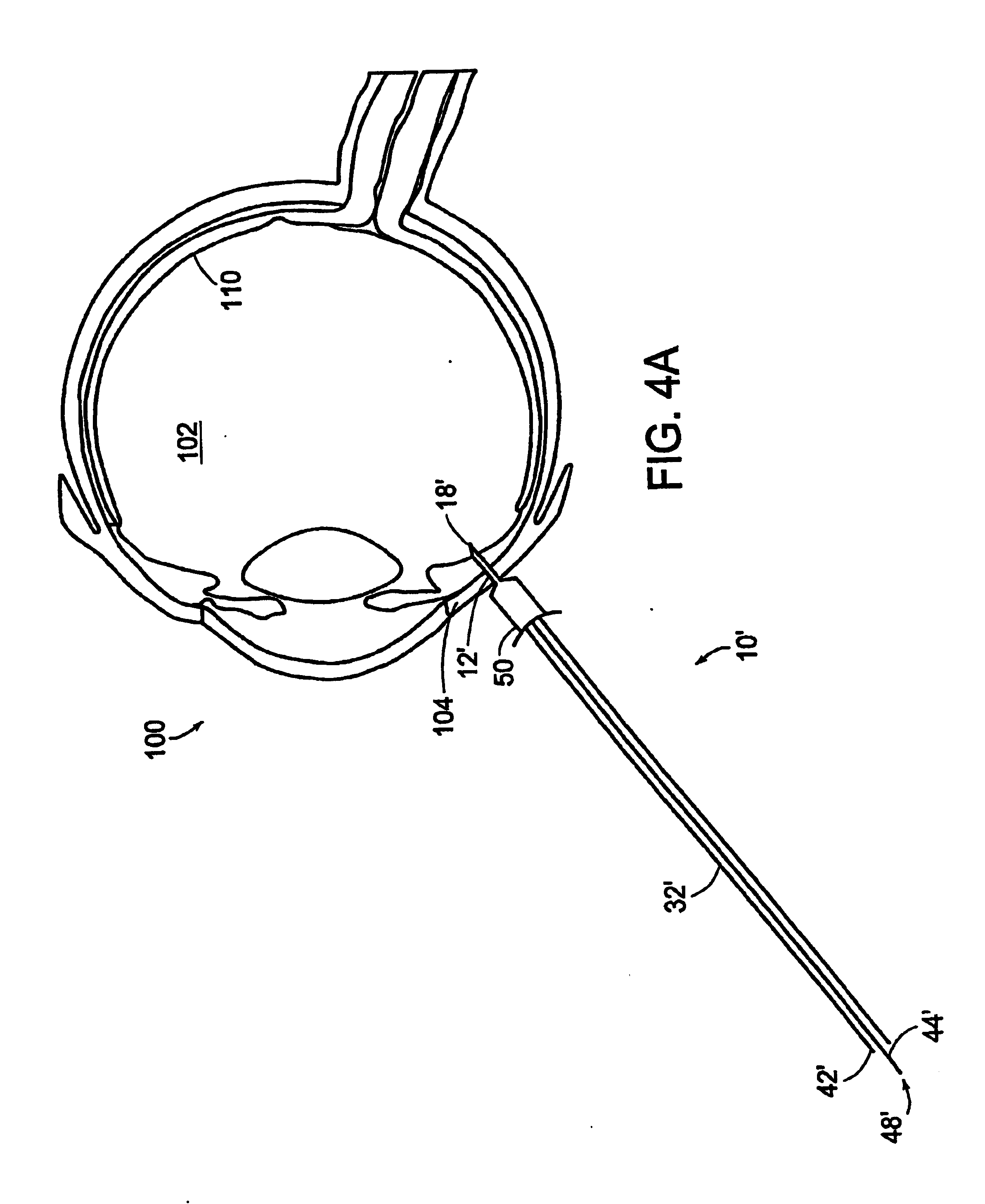Method for subretinal administration of therapeutics including steroids; method for localizing pharmacodynamic action at the choroid of the retina; and related methods for treatment and/or prevention of retinal diseases
a steroid and subretinal technology, applied in the field of eye treatment, can solve the problems of not being able to achieve the effect of simple or inexpensive treatment, no effective treatment, and not being able to solve the problems of only about 20 percent of neovascular amd cases, etc., and achieve the effect of preventing the progression of the condition
- Summary
- Abstract
- Description
- Claims
- Application Information
AI Technical Summary
Benefits of technology
Problems solved by technology
Method used
Image
Examples
Embodiment Construction
[0055] The present invention provides a methodology for sub-retinal administration or delivery of a therapeutic medium to a posterior segment of a mammalian eye, more particularly a human eye as well as a methodology for treating and / or preventing disorders and / or diseases of the eye, in particular retinal / choroidal disorders or diseases, through such sub-retinal administration of such therapeutic mediums. Such methodologies provide a mechanism for treating a wide array of diseases and / or disorders of an eye of a mammal, more specifically a human eye, and more particularly diseases or disorders involving the posterior segment of the eye such as retinal / choroidal disorders or diseases. Such a treatment / prevention methodology also is useable to treat / prevent a number of vision-threatening disorders or diseases of the eye of a mammal including, but not limited to diseases of the retina, retinal pigment epithelium (RPE) and choroid. Such vision threatening diseases include, for example,...
PUM
 Login to View More
Login to View More Abstract
Description
Claims
Application Information
 Login to View More
Login to View More - R&D
- Intellectual Property
- Life Sciences
- Materials
- Tech Scout
- Unparalleled Data Quality
- Higher Quality Content
- 60% Fewer Hallucinations
Browse by: Latest US Patents, China's latest patents, Technical Efficacy Thesaurus, Application Domain, Technology Topic, Popular Technical Reports.
© 2025 PatSnap. All rights reserved.Legal|Privacy policy|Modern Slavery Act Transparency Statement|Sitemap|About US| Contact US: help@patsnap.com



